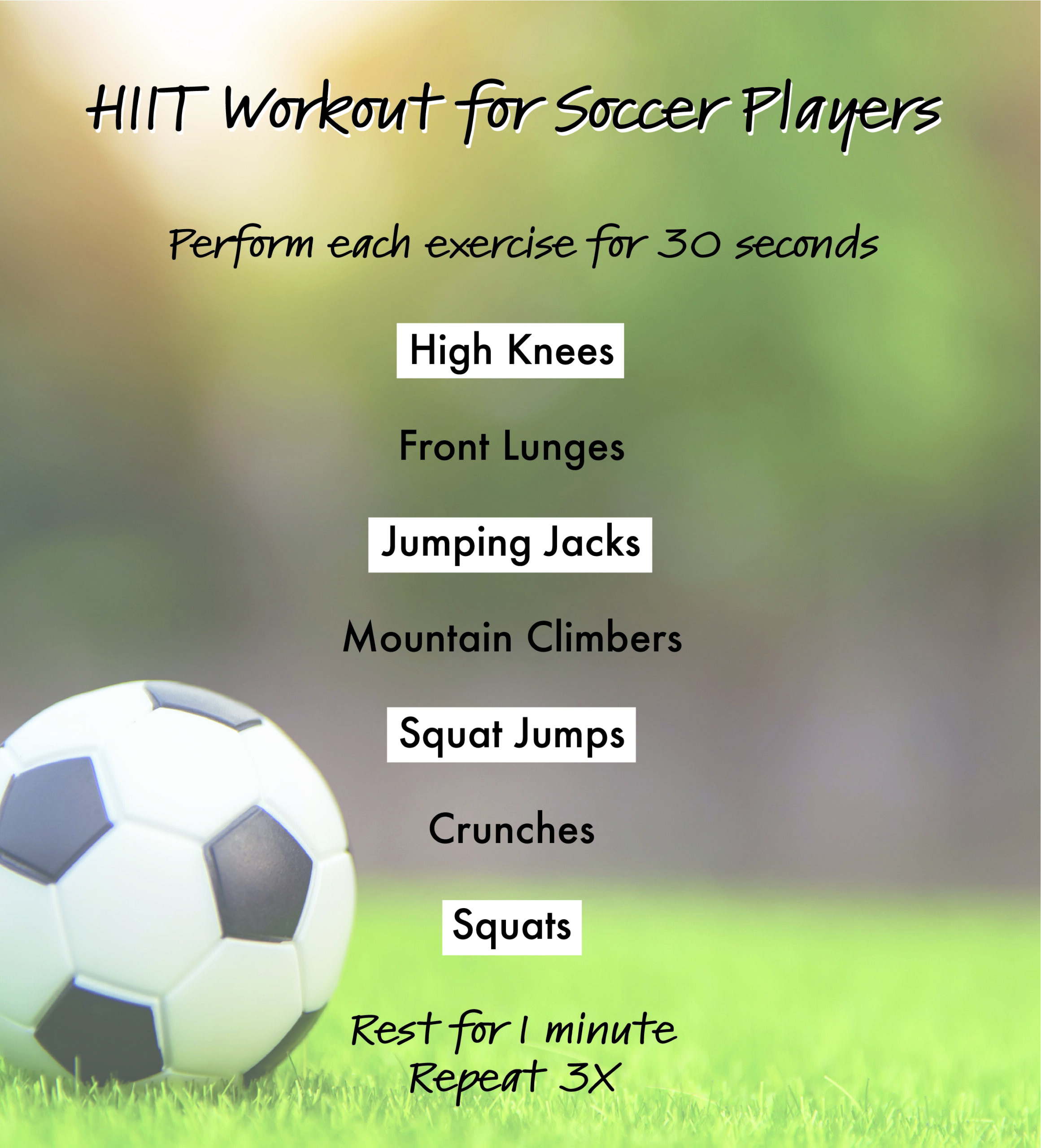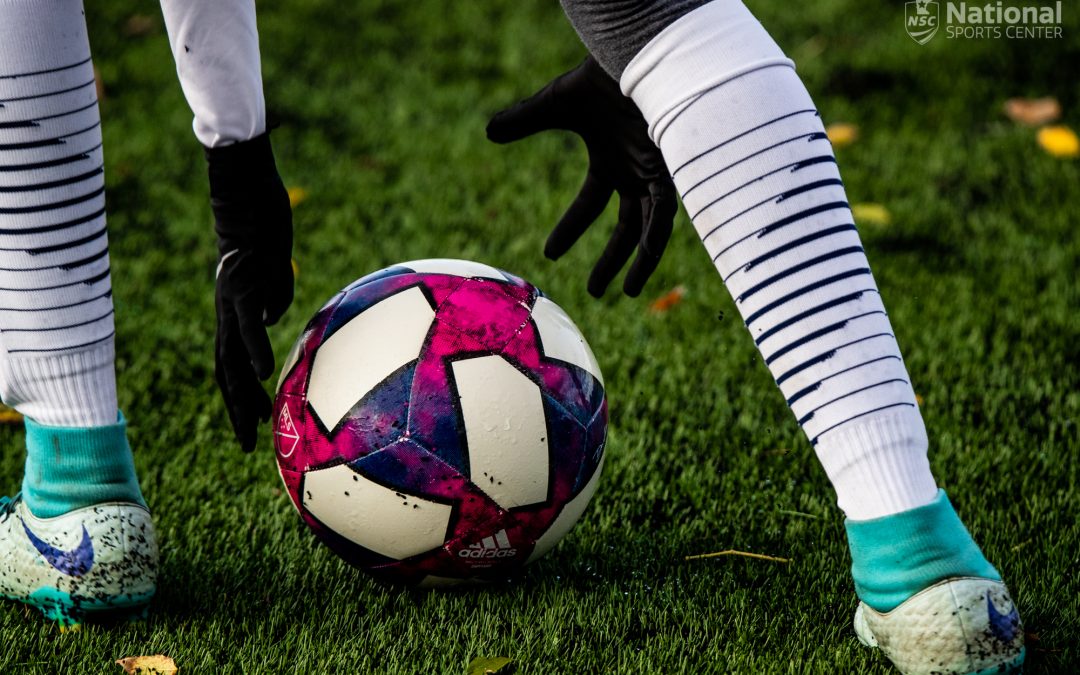
In soccer, endurance is key. It’s a sport of strength, agility and speed; a successful player will need all three. In a single game, players are constantly traveling for 90+ minutes and could run up to 8 miles. For this extended period of exercise, you’re going to need a high level of endurance. There are actually two types of endurance — aerobic and anaerobic, both of which are important for players to have during a fast-paced game.
Aerobic endurance is considered light activity that you can sustain for a longer period of time. This kind of exercise uses energy stored in your body along with oxygen to fuel your muscles for continuous movement. On the field, you could be running for miles without rest, making aerobic endurance vital for any soccer player. This style of endurance is achieved by doing any type of cardiovascular conditioning — try brisk walking, cycling, swimming, jumping rope, jogging, etc.
Anaerobic endurance is virtually the opposite. This type of exercise is high intensity and lasts a short period of time. With anaerobic exercises, your body’s demand for oxygen exceeds the supply of oxygen that’s available, meaning that these powerful movements can’t be performed for as long as aerobic exercises can. A great way to build anaerobic endurance is by doing High Intensity Interval Training, or HIIT. This type of training is similar to cardio, but with a higher level of intensity and performed for a shorter amount of time.
To have enough stamina on the field during a game, it’s important for players to develop a fitness plan that will include both aerobic and anaerobic exercises. Endurance training is vital on and off the field — not only will it make you a better player, it can also increase your metabolism, keep your heart healthy and give you more energy throughout the day.


